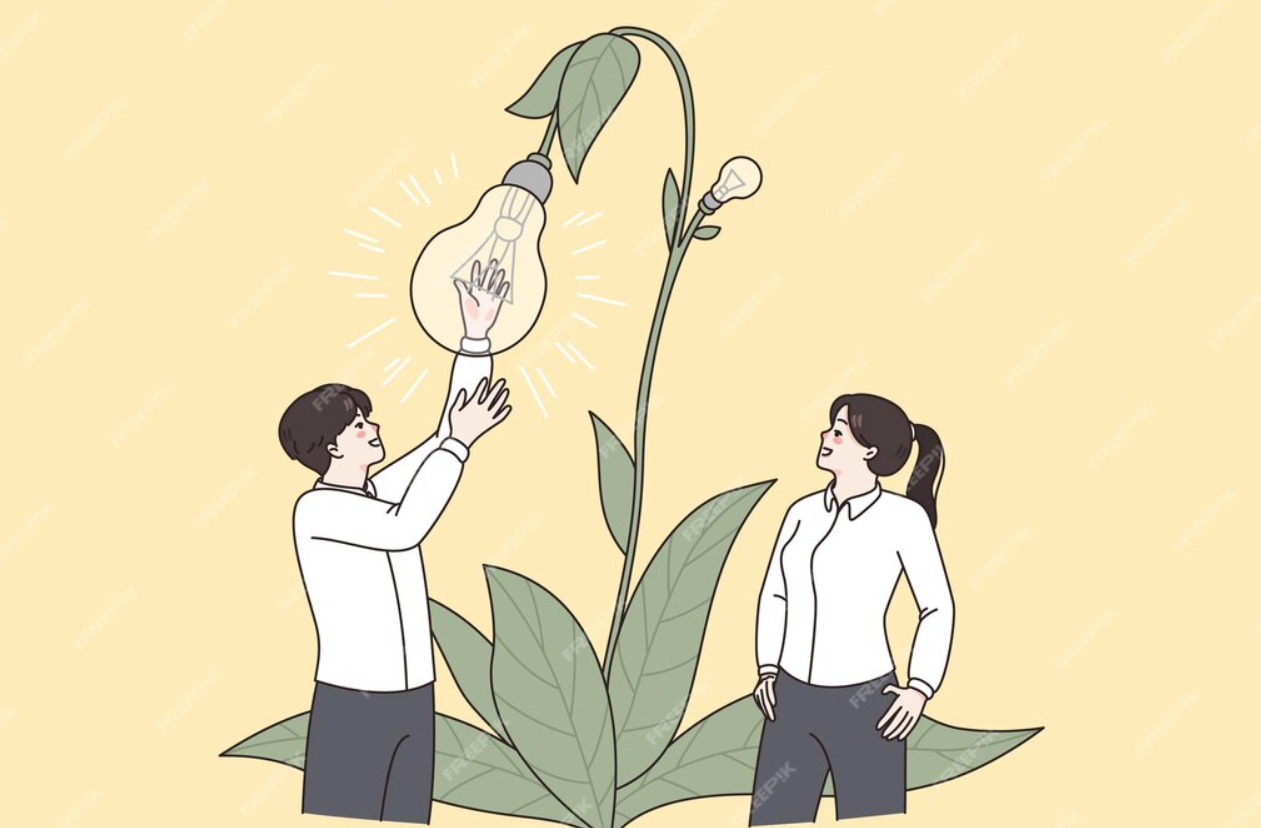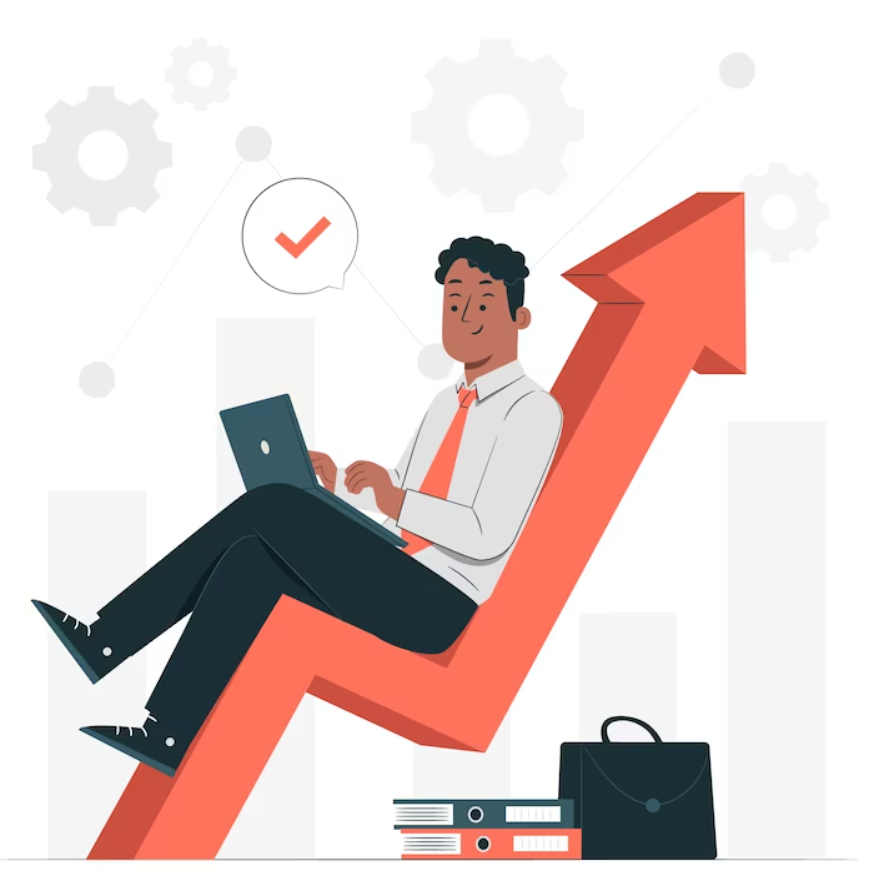Trading stands as a remarkable testament to human ingenuity, resilience, and innovation. It is a thrilling and intricate dance of data, psychology, and precision, where fortunes can be made or lost in mere seconds. Trading is not just about buying and selling, it’s about understanding markets, managing risks, staying disciplined, and, importantly, maintaining balance in a high-pressure environment.
This comprehensive guide explores the fascinating realm of the trading business, its types, challenges, strategies for success, and the indispensable importance of managing one’s time and energy effectively. We also discuss how productivity tools like Clockify and Day Off can significantly enhance both professional efficiency and personal well-being.
Understanding the Basics of Trading
Trading, at its essence, is the act of buying and selling financial assets with the goal of making a profit. But beneath this simple definition lies a complex world where timing, analysis, psychology, and technology converge.
Traders analyze price movements and market trends to anticipate how an asset’s value will change. This requires mastery over various types of analyses: technical analysis (studying charts and price patterns), fundamental analysis (examining economic indicators and company health), and increasingly, sentiment analysis (gauging market psychology).
Financial instruments traded are diverse:
-
Stocks: Represent ownership stakes in companies. Investors buy stocks hoping the company will grow, increasing share value.
-
Currencies (Forex): Trading one currency for another. Forex markets are the largest globally and operate 24/5, making them dynamic and volatile.
-
Commodities: Physical goods like gold, oil, and agricultural products. Their prices are often influenced by supply, demand, geopolitical events, and natural disasters.
-
Cryptocurrencies: Digital assets like Bitcoin and Ethereum, characterized by high volatility and unique technological features such as decentralization.
-
Derivatives: Contracts whose value depends on underlying assets, like options and futures. These are powerful but complex tools used for hedging or speculation.
Mastering trading is not simply a matter of buying low and selling high; it demands understanding how these markets function, the external forces impacting them, and having a solid strategy combined with psychological discipline.
Types of Trading Styles
Trading is highly personal. Different traders adopt styles that align with their goals, temperament, available time, and risk appetite. Understanding these styles helps one choose the path best suited to their personality and resources.
Day Trading
Day trading involves executing multiple trades within a single trading day, with the trader closing all positions before the market closes to avoid overnight risk. This style thrives on exploiting short-term price fluctuations.
Why It’s Challenging: Day traders must maintain intense concentration and quick reflexes, scanning real-time charts, news feeds, and order books. The environment is fast moving, and decisions often need to be made in seconds or minutes. This style requires a robust mental framework to handle the stress of rapid gains and losses.
Importance of Rest: Given the high cognitive demand, mental fatigue can lead to impaired judgment and impulsive trading. Scheduling days off is not a luxury but a necessity. These breaks allow the brain to recharge, maintain focus, and prevent burnout, a silent killer of trading careers.
Swing Trading
Swing trading sits between day trading and long-term investing. Swing traders hold positions for days to weeks, aiming to capture price swings that develop over a short to medium timeframe.
How It Works: Swing traders blend technical and fundamental analysis. They identify entry points by spotting chart patterns or signals of momentum and often factor in broader economic news that might drive price movement over days.
Time Commitment: This style demands less screen time compared to day trading, making it appealing for those who cannot dedicate full days to watching the markets but still want an active role. However, swing trading requires discipline in setting stop losses and profit targets and reviewing positions regularly.
Using Time Management Tools: Effective time management is crucial here. Tools like Clockify help traders allocate specific blocks for market analysis, journaling trades, and reviewing strategies, enabling a more structured and less emotionally driven approach.
Position Trading
Position trading involves holding trades over the long term, weeks, months, or even years, based on long-term market trends and macroeconomic factors.
Philosophy Behind It: Position traders focus less on short term price volatility and more on the fundamental value of assets. This requires a deep understanding of economic cycles, industry trends, and company performance. Patience is paramount, as positions may go against the trader temporarily before ultimately moving favorably.
Benefits: Since trades are infrequent, position traders avoid the stress of constant monitoring and short-term noise. This style is similar to investing but often involves more active management and tactical entries/exits.
Managing Time Off: Though position traders spend less time watching the market daily, it’s important, especially in professional trading firms, that team coordination and time-off planning are optimized to avoid operational disruptions. Tools like Day Off streamline this, ensuring smooth workflows without sacrificing employee well being.
Scalping
Scalping is the most high frequency and intense style of trading, focusing on exploiting very small price changes, often holding positions for seconds or minutes.
Execution Speed: Scalpers can make dozens or even hundreds of trades daily, requiring lightning-fast execution, highly reliable technology, and a keen understanding of market microstructures such as order flow and liquidity.
Mental Demands: The cognitive load is enormous, as scalpers need to process information instantly and remain hyper-focused. Even small distractions can result in losses.
Importance of Mental Health: Due to its intensity, scalping demands frequent mental breaks and careful monitoring of work hours. Tools like Clockify help scalpers track how long they’ve been active and schedule necessary pauses to maintain peak performance and prevent burnout.
Algorithmic Trading
Algorithmic trading uses computer programs to automatically execute trades based on predefined criteria and mathematical models.
Why Use Algorithms: Algorithms can process vast amounts of data, backtest strategies on historical data, and trade at speeds far beyond human capabilities. They can identify market inefficiencies and execute trades with precision, minimizing emotional influence.
Requirements: This style requires technical expertise in programming and a deep understanding of market dynamics. Traders must continuously optimize and monitor their algorithms to adapt to changing conditions.
Operational Considerations: Algorithmic trading can operate 24/7, especially in crypto markets, making human oversight critical to prevent errors and system failures. Time tracking and workforce management tools like Clockify and Day Off help trading firms balance automation with human resource efficiency and health.
Challenges in the Trading Business
Trading is fraught with challenges, many of which stem from the inherent unpredictability of financial markets and human psychology.
Market Volatility
Markets can be wildly unpredictable. Price swings may be driven by breaking news, economic data releases, geopolitical tensions, or shifts in investor sentiment.
Impact: Volatility increases both risk and opportunity but can overwhelm traders without solid strategies. Sudden moves can trigger emotional reactions like panic selling or FOMO buying.
How to Manage: Having a robust risk management plan that includes position sizing, stop-loss orders, and diversification helps contain losses. Scheduled breaks and mental resets improve decision-making during turbulent times.
Risk Management
No trader can eliminate risk, but managing it effectively separates winners from losers.
Key Techniques:
-
Stop Loss and Take Profit Orders: Automatically close trades to limit losses or lock in gains.
-
Diversification: Spread exposure across different assets or markets to reduce the impact of any single adverse move.
-
Leverage Control: Avoid excessive borrowing which can magnify losses beyond capital.
The Role of Breaks: Mental fatigue impairs risk assessment, increasing reckless behavior. Regular breaks enforced by tools like Clockify help traders stay sharp and maintain discipline.
Emotional Discipline
Emotions, especially fear and greed, can sabotage trading plans. Emotional trading often results in chasing losses, overtrading, or prematurely closing positions.
How to Build Discipline:
-
Develop and strictly adhere to a trading plan.
-
Practice mindfulness and journaling to recognize emotional triggers.
-
Use tools to structure time and break down trading into manageable sessions.
Benefits of Time Management: Tools like Clockify help traders build routines that reduce impulsivity and enforce systematic review periods, reinforcing emotional control.
Key Success Factors in Trading
Continuous Learning
Financial markets are dynamic; strategies that worked yesterday may fail tomorrow.
Staying Ahead:
-
Participate in educational webinars and courses.
-
Follow economic calendars and financial news rigorously.
-
Read authoritative books, research papers, and market analysis.
Continual learning builds adaptability, which is essential for long-term trading success.
Strategic Planning
Trading without a plan is essentially gambling.
What a Trading Plan Should Include:
-
Clear criteria for when to enter and exit trades.
-
Defined risk/reward ratios to justify taking trades.
-
Daily performance goals and maximum loss limits.
-
Routine review and adjustment processes.
Taking time off from trading offers an opportunity to reflect, review performance, and refine strategies without emotional interference.
Patience and Persistence
Consistent success is a marathon, not a sprint. Losing streaks are inevitable, but disciplined traders persevere, learning from mistakes.
Tips:
-
Avoid forcing trades when setups aren’t ideal.
-
Accept losses as part of the process.
-
Maintain a growth mindset focused on continuous improvement.
Work Life Balance with Tools Like Clockify and Day Off
Clockify for Time Management
Clockify is a comprehensive time tracking tool that empowers traders and teams to optimize productivity.
Benefits:
-
Precisely track time spent analyzing markets, executing trades, or conducting research.
-
Monitor and schedule regular breaks to combat fatigue.
-
Use activity reports to identify unproductive time or distractions.
For freelance traders or trading educators, Clockify enables accurate billing and performance evaluation.
Day Off for Leave & Employee Tracking
For trading firms and teams, managing leaves and absences effectively is critical to maintaining operational continuity.
How Day Off Helps:
-
Simplifies leave request and approval workflows.
-
Provides transparent calendars showing who is available.
-
Prevents scheduling conflicts that could jeopardize trading coverage.
-
Promotes a healthy work culture by encouraging proper rest.
Additional Tips for a Successful Trading Lifestyle
-
Maintain a Trading Journal: Document every trade’s rationale, emotions, and outcome. This self-review uncovers patterns, strengths, and weaknesses, guiding future improvements.
-
Create a Comfortable Trading Environment: A well designed workspace, ergonomic chair, multiple monitors, reliable internet, minimizes physical strain and technical disruptions, enhancing focus.
-
Prioritize Physical and Mental Health: Exercise, adequate sleep, and stress relief practices support cognitive clarity and emotional resilience, vital for high stakes decision making.
FAQ: Trading Business, Tools, and Lifestyle
Is trading a full time job?
Trading can be either full time or part time. Day and swing traders often work full time due to the demands of market monitoring, whereas position traders or hobbyists may trade part time alongside other careers.
What tools do I need to start trading?
Essential tools include a brokerage account, charting and analysis software, risk management tools, and time management solutions like Clockify to maintain discipline. Firms benefit from leave management software like Day Off to coordinate teams.
How much money do I need to start trading?
Minimum capital varies widely: forex allows small accounts (~$100), stocks generally require more (often $1,000+), and U.S. pattern day traders must maintain at least $25,000 due to regulations.
How can I control my emotions while trading?
Build emotional resilience by following a well defined plan, avoiding impulsive trades, taking regular breaks, journaling your feelings, and scheduling days off to recharge mentally.
How does Clockify help traders?
Clockify tracks work hours, monitors productivity, schedules downtime, and helps prevent burnout by promoting structured workflows and ensuring balance.
Why is taking a day off important in trading?
Mental fatigue leads to poor judgment and impulsivity. A day off provides mental clarity, allowing traders to reflect, learn from past trades, and return with renewed focus.
Is algorithmic trading better than manual trading?
Both have advantages. Algorithmic trading offers speed, consistency, and efficiency, while manual trading benefits from human intuition and adaptability. The best choice depends on individual skills and trading goals.
How can Day Off improve a trading firm’s operations?
Day Off streamlines leave management, prevents scheduling conflicts, ensures adequate desk coverage, and promotes employee well being, leading to smoother operations and better team morale.
Conclusion:
In the multifaceted world of trading, finding equilibrium between work, personal life, and efficient time management is the key to sustained success. Armed with knowledge, strategic planning, patience, and aided by tools like Clockify, traders can confidently navigate the complexities of the trading business. Remember, taking that well deserved day off isn’t just a break; it’s an investment in your mental and emotional well being, which ultimately enhances your trading prowess. Happy trading, happy relaxing, and happy time tracking with Clockify!











